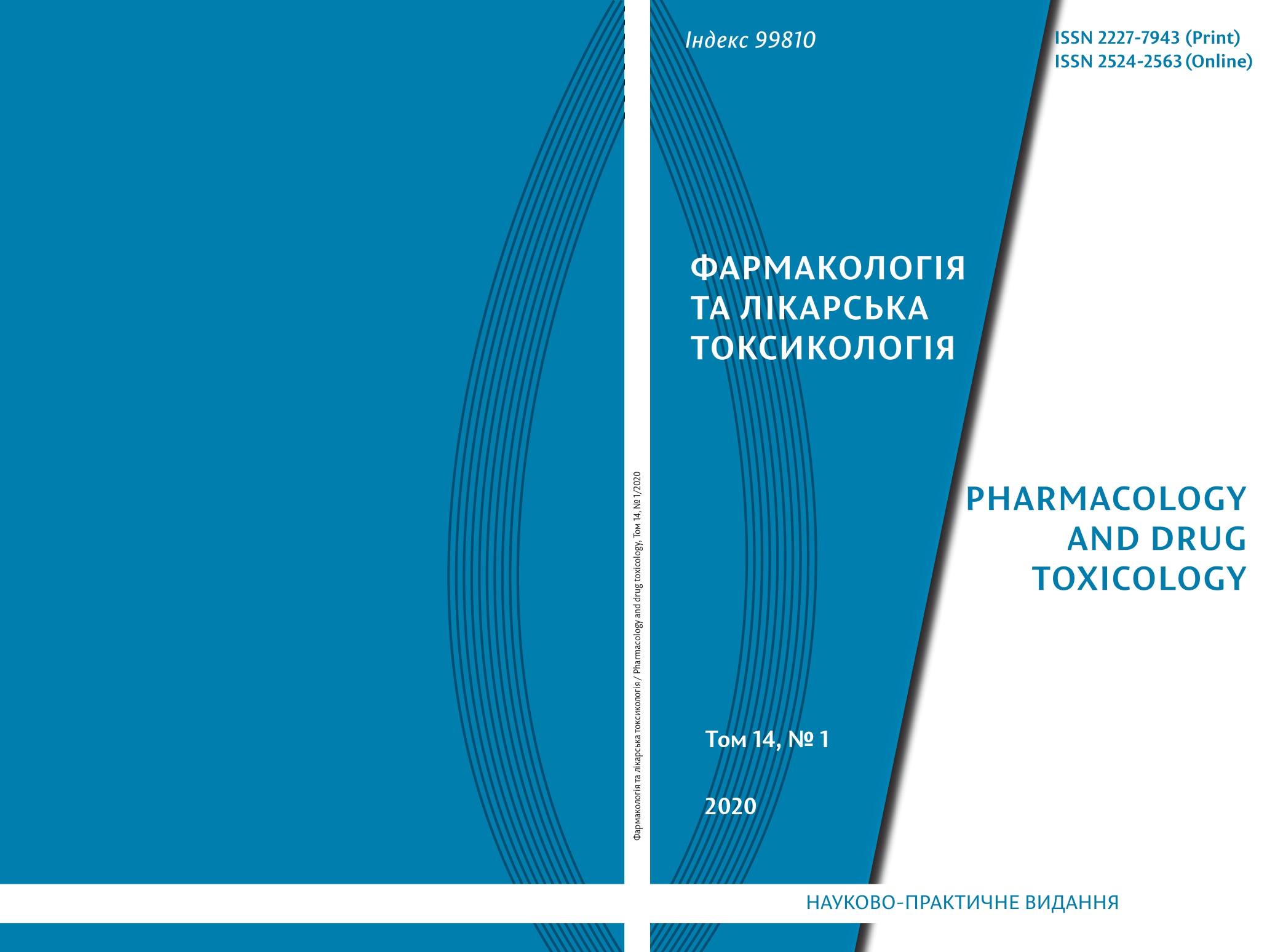Abstract
The rapid spread of oncological diseases in the XXI century throughout the world causes the intensification of pathology chemotherapeutic treatment with the use of new cytotoxic and cytostatic agents. However, this causes an increase in the number of side effects and undesirable consequences of these drugs using. The nonspecific effect on the entire patient’s organism and the high toxicity of this group of drugs, in particular, their cardio-, nephro- and neurotoxicity, as well as the lack of sufficient information on the long-term effects of antitumor agents on the state of adjacent tissues without tumor invasion, cause the urgent need for a systematic study of biochemical changes not only in the tumor, but also beyond. In previous experiments, we studied the effect of the antitumor quinazoline derivative on chromatin constituents, DNA fragmentation, non-protein and protein-bound SH groups in Guerin's carcinoma and unchanged uterine tissues, and revealed the specificity of its effect with respect to a number of indicators exclusively in tumor tissue. In this regard, it is relevant to determine whether the detected specificity of the quinazoline derivative is characteristic only of uterine tissue, or whether it extends to other tissues of the body. The aim of the study – to evaluate the effect of 2-(3-allyl-4-oxo-3,4-dihydro-quinazolin-2-yl-sulfonyl)N-(2,6-dichlorophenyl)-ceramide (AQDC) on DNA, RNA, chromatin proteins, DNA fragmentation processes, the content of non-protein and protein-associated SH-groups in sarcoma 45 and unchanged rat skin tissues. Animals were divided into 3 groups of 6 in each: 1 – intact rats; 2 – negative control (sarcoma 45); 3 – sarcoma 45 + AQDC (29,93 mg/kg). A study of the effect of AQDC on DNA, RNA, chromatin proteins, DNA fragmentation processes, the content of non-protein and protein-associated SH-groups in sarcoma 45 and unchanged skin tissues showed that this drug significantly changed the majority of the studied parameters both in comparison with intact animals and with sarcoma 45 without treatment. Moreover, the specificity of the effect of AQDC on tumor cells was most pronounced in the case of DNA fragmentation and changes in RNA content, RNA/ DNA and RNA/NA ratios. As for the effect on the content of SH-groups in sarcoma tissue 45 and nontumor-affected skin tissues, in this case the effect of AQDC was opposite direction for changes in the content of non-protein and protein-associated SH-groups.
